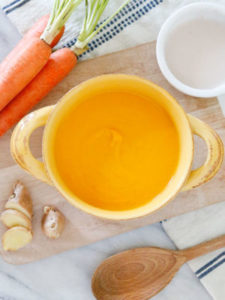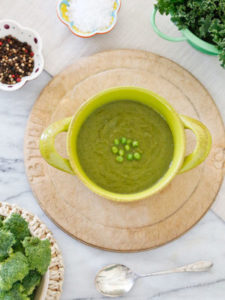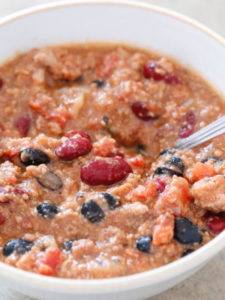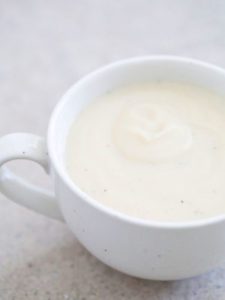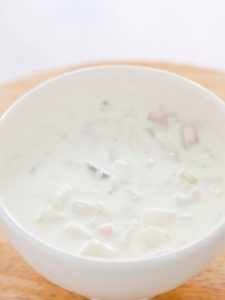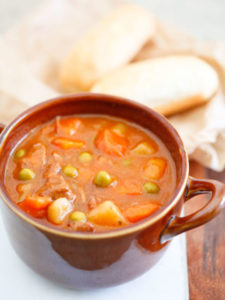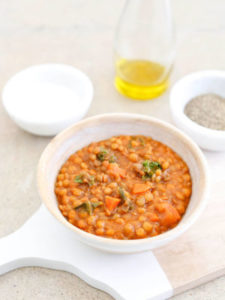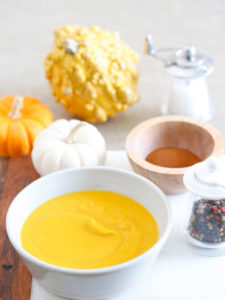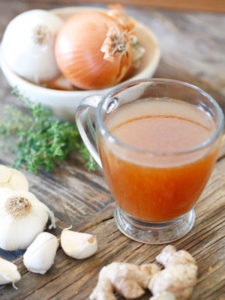Cooking with bay leaves improves almost everything they’re cooked with. Bay leaves are an incredibly nutritious yet overlooked ingredient in many delicious dishes. Not only are bay leaves a flavorful addition to soups, stews, and other dishes, they also offer numerous health benefits. In this post we’ll explore the culinary uses of bay leaves as well as their potential health benefits. Bay leaves are fragrant, slightly bitter leaves originating from the Laurel tree. Bay leaves are most popularly used in cooking in Mediterranean and Indian cuisines, but are found in dishes all around the world. Bay leaves are typically added that the beginning of a dish as cooking as their flavor intensifies the longer they cook. That flavor can be used to intensify stocks, stews, soups, sauces, and even some desserts. Bay leaves provide many potential health benefits. They are known to be anti-inflammatory, anti-fungal, antibacterial, and antiviral. In addition, bay leaves have been used for thousands of years of to aid digestion and support healthy gut functioning. They are also a good source of vitamins and minerals including B vitamins, vitamin A, beta-carotene, calcium, and magnesium. When selecting bay leaves for cooking it’s important to look for ones that are bright green and free from damage to preserve their flavor. It’s also best to store them in a cool dark place. Toasting bay leaves before using them in a dish intensifies their flavor. Try one of SoLe’ SoupS delicious soups and broths, many made with the delicious and healthy bay leaf.
← previous post
Chicken Noodle Soup
next post →

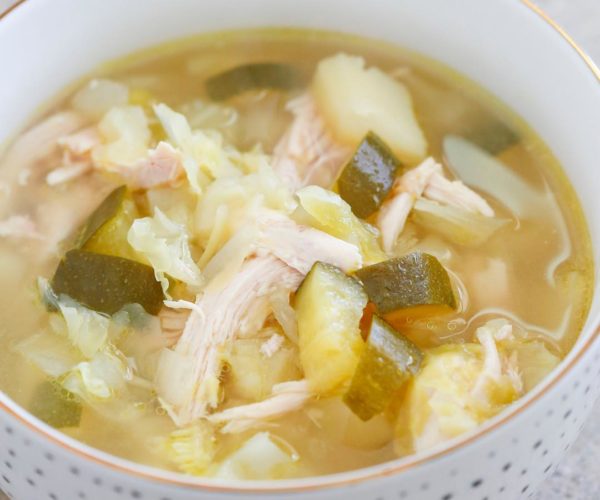
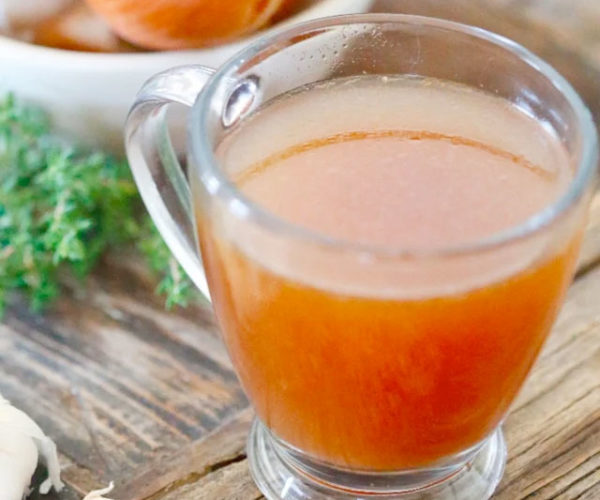

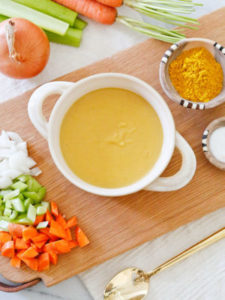 Deep and aromatic, high in protein and fiber, and always super-delicious though never heavy-handed.
Deep and aromatic, high in protein and fiber, and always super-delicious though never heavy-handed.